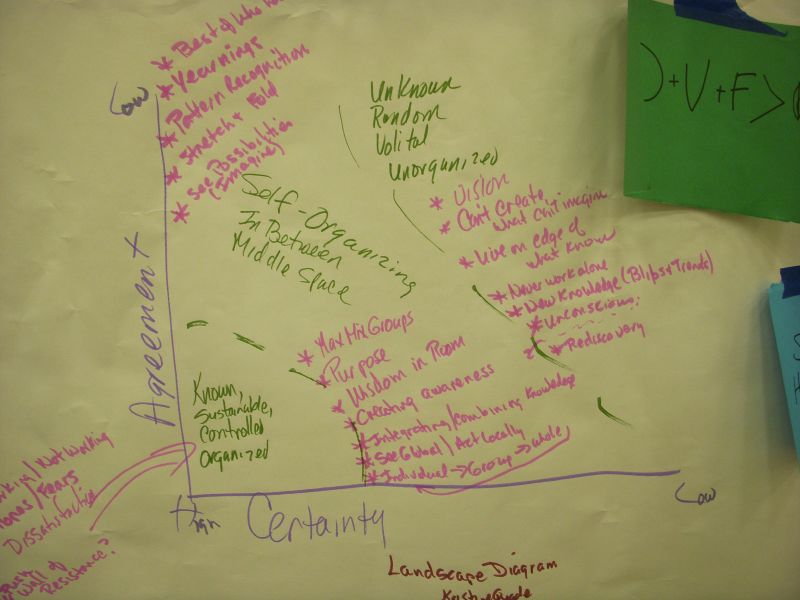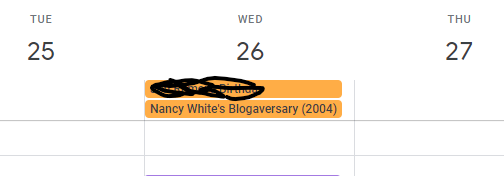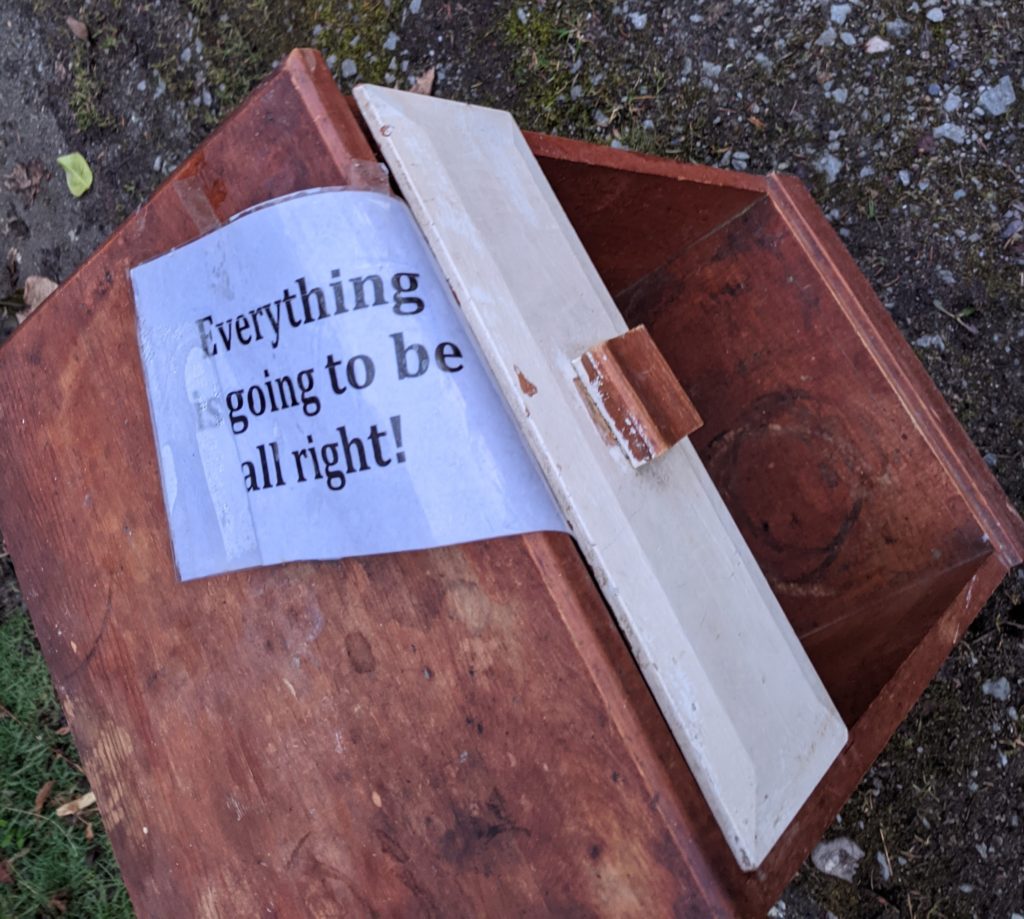From the forest of forgotten blog post drafts, this one from Gardner Campbel still resonates for me. Gardner Writes » Postscript to symbolism and cognitive resonance
It occurs to me that the metaphor of “network” may be holding me (us?) back. I like to think about social networks, network effects, high-speed networks, and so forth. (Not that there’s anything wrong with that.) But the metaphor conveys a set of telegraphic connections, criss-crossing lines with nodes at the connection points, add-a-beads, point-to-point contacts and correspondences.
When I think about resonance, something else happens in my brain.
I think about resonance effects, about social resonance environments, about sympathetic vibrations and overtones and timbres and chords. I think about symbolism, and suggestion, about most resembling unlikenesses and most unlike resemblances (the way Milton described the relation of husband and wife in a successful–and happy–marriage). I think about complexity calling to complexity, about models that simultaneously simplify and amplify the power of the original as the models make the original more present, more resonant, to our minds.
As a lover of all things network, I too find myself wondering if I’m the hammer, looking for the proverbial nail. Resonance is a lovely option to add to my repertoire. The question is, what tool am I using for resonance? 🙂 I’ve leave that to your speculation.
Quick Edit: while draft cleaning, this one by Jim Benson “Liberate your Inner Hammer” on form/function weaves into our speculation.




